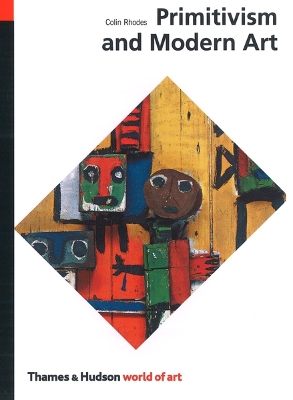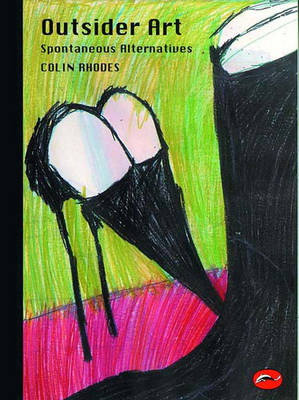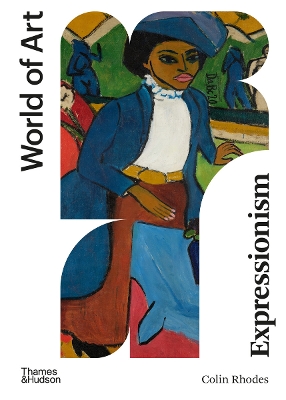World of Art
3 total works
A fascination with the 'primitive' lies at the heart of some of the most influential developments in Western art between 1890 and 1950 - a time that witnessed both the 'heroic' period of modern art and the apogee and decline of the West's colonial power. Many groups have at times been labelled as 'primitive', including the so-called tribal peoples from Africa, Oceania and North America, but also prehistoric cultures, European peasants, the insane and children. Through the lens of their own society, many modern artists looked both to the art and to the world-view of the 'primitive' as means of challenging established beliefs, but the 'primitive' to which they turned was a varied as the movements in modern art.
Here, Colin Rhodes breaks new ground, drawing on a wide and diverse range of material, from high art to popular entertainment and from Darwin to Freud. The critical overview he presents supersedes all previous studies on the subject.
Here, Colin Rhodes breaks new ground, drawing on a wide and diverse range of material, from high art to popular entertainment and from Darwin to Freud. The critical overview he presents supersedes all previous studies on the subject.
Outsider Art is the work produced outside the mainstream of modern western art by self-taught, untrained visionaries, spiritualists, eccentric recluses, folk artists, psychiatric patients, criminals and others beyond the margins of society and the art market. Coined in 1972, the term in English derived from Jean Dubuffet’s ‘Art Brut’ – literally ‘raw art’, ‘uncooked’ by culture, unaffected by fashion, unmoved by ‘artistic standards’.
In this book Colin Rhodes surveys the history and reception of Outsider Art – first championed by Dubuffet and the Surrealists, now appreciated by a very wide public – while providing fresh critical insights into the achievements of both major figures and newly discovered artists. From spirit-guided Madge Gill to schizophrenic Adolph Wölfli, these individuals passionately and obsessively pursue the pictorial expression of their vision.
In this book Colin Rhodes surveys the history and reception of Outsider Art – first championed by Dubuffet and the Surrealists, now appreciated by a very wide public – while providing fresh critical insights into the achievements of both major figures and newly discovered artists. From spirit-guided Madge Gill to schizophrenic Adolph Wölfli, these individuals passionately and obsessively pursue the pictorial expression of their vision.
A comprehensive new overview of expressionism, tracing its evolution from the nineteenth century to the present day.
Expressionist artists believed in the art object’s ability to communicate emotion, irrespective of any representational or narrative content. In this comprehensive introduction to one of the most radical artistic movements of our time, writer, artist, curator and educator Colin Rhodes traces the thread of expressionist thought from the nineteenth century to the present day, mapping its various manifestations across Europe and the USA, as well as parts of Africa, Asia and South America.
By paying particular attention to nuanced issues of gender, sexuality, and cultural appropriation Rhodes challenges the received art-historical narrative and reassesses it in the context of broader twentieth and twenty-first century artistic practice. Generously illustrated, the diverse selection of artists featured in this book range from Wassily Kandinsky, Erma Bossi, Francis Bacon, and Mark Rothko to Ursula Schultze-Bluhm, Gillian Ayres, Purvis Young and Jadé Fadojutimi.
Expressionist artists believed in the art object’s ability to communicate emotion, irrespective of any representational or narrative content. In this comprehensive introduction to one of the most radical artistic movements of our time, writer, artist, curator and educator Colin Rhodes traces the thread of expressionist thought from the nineteenth century to the present day, mapping its various manifestations across Europe and the USA, as well as parts of Africa, Asia and South America.
By paying particular attention to nuanced issues of gender, sexuality, and cultural appropriation Rhodes challenges the received art-historical narrative and reassesses it in the context of broader twentieth and twenty-first century artistic practice. Generously illustrated, the diverse selection of artists featured in this book range from Wassily Kandinsky, Erma Bossi, Francis Bacon, and Mark Rothko to Ursula Schultze-Bluhm, Gillian Ayres, Purvis Young and Jadé Fadojutimi.


